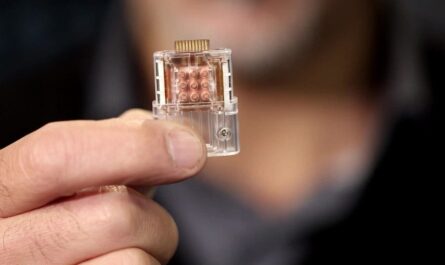
The dental chair is a fixture in every dentist’s office and has evolved significantly over the years to keep up with technological advancements and patient comfort needs. Modern dental chairs are highly ergonomic, equipped with the latest conveniences and designed with patients’ well-being in mind. Let’s take a look at how dental chairs have changed over time.
Early Dental Chairs
When dentistry first became a professional practice in the mid-19th century, primitive dental chairs were essentially straight-backed wooden chairs that offered patients little comfort or support. These original chairs provided minimal adjustments and had none of the safety or ergonomic features found in today’s dental equipment. Patients had to endure uncomfortable positions and unwieldy equipment that offered no back or head support during procedures.
Advancements in the Early 20th Century
By the early 1900s, dental chairs began incorporating adjustable parts that allowed some tilting, reclining and elevation functions for improved access and positioning. Chairs also started including headrests for enhanced patient comfort. However, movements were still limited and powered functionality was non-existent. Adjustments had to be made manually by the dentist or assistant. Additionally, sterilization and hygiene were not major design priorities.
Post World War II Innovations
After World War II, the dental profession greatly advanced due to the introduction of new materials like acrylics, bonding agents and anesthetics. Dental chair designs followed suit with new innovations focused on improved functionality, ergonomics, control and safety. Chairs incorporated electrical lift mechanisms, powered articulation and multi-axis movements controlled by foot pedals, switches or joysticks for more precise positioning. Attachment fittings were also added to hold dental instruments, lights, stools and other peripherals close at hand.
The Computing Revolution and Beyond
The digital revolution of the 1980s brought computers and touchscreen controls into dental practices and chairs. Operators could now program settings for precise repeatability. Integrated sensors automatically adjusted positions for maximum ergonomics. Additional safety features like overload cut-offs and crash zones were added. Following decades saw countless advancements including higher powered motors, improved hydraulics, wide-ranging movements in multiple planes, customized presets and integrated imaging technologies. Materials also upgraded to surfaces that were easy to clean and disinfect between patients.
Modern Dental Chair Features
Today’s dental chairs push comfort, control and functionality to new levels with the latest technological capabilities:
Comfort and Support
Wide, spacious upholstered seats with adjustable lumbar, neck and lower body supports offer all-day patient relaxation. Heated or massage features soothe nerves.
Ergonomics
Electric motors position patients swiftly into optimal angled positions to minimize strain on the dentist and assistant. Sensors maintain proper ergonomic form throughout procedures.
Customization
Pre-programmed settings store a wide range of patient-specific positions for rapid recall. Multiple presets enable changing patients swiftly with one touch.
Movements
Limitless synchronized powered motions in all directions precisely manipulating the patient. Ranges include incline, decline, horizontal shift, leg and lumbar support adjustments.
Safety
Overload cut-offs and intuitive slow-speed controls protect patients and caregivers. Crash zones and removable covers simplify sterilization and barrier protection between patients.
Integration
Built-in light, camera and imaging systems stay precisely aligned during movements. Handpiece delivery systems coupled to chairs boost efficiency. Connectivity to digital records and monitoring expands capabilities.
Modern dental chairs have become multifaceted robotic workstations that merge patient convenience, protected movements, customized adjustments and integrated technologies – all maintaining safety, efficiency, ergonomics and care quality at the highest levels. This evolution has transpired gradually over more than a century thanks to continual improvements focused on benefitting both dental professionals and their clients.
Future Innovations on the Horizon
As technology progresses even faster, futuristic dental chair designs may offer:
– Integrated digital x-rays and scans for examination and treatment planning from the chairside
– Augmented or virtual reality systems overlaying digital case information onto the patient in real-time
– Artificial intelligence analyzing risks, treatment factors and automating customized comfort settings
– Internet connectivity updating electronic records and enabling remote consultation with specialists
– Advanced monitoring of vital signs, comfort levels and automatic adjustments based on patient feedback
– Independent robotic control centers the caregiver away from radiation exposure during intraoral scans
– Voice command operation of all movements and integrated digital features just by speaking
While the dental chair’s basic purpose remains the same, continuous enhancements promise even greater ergonomics, efficiency and care through sophisticated integration of emerging technologies. The modern dental chair has revolutionized patient treatment, but the evolution is sure to continue far into the future.
*Note:
- Source: Coherent Market Insights, Public sources, Desk research
- We have leveraged AI tools to mine information and compile it
